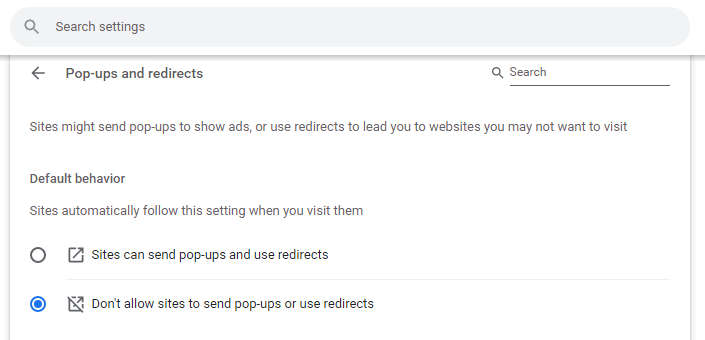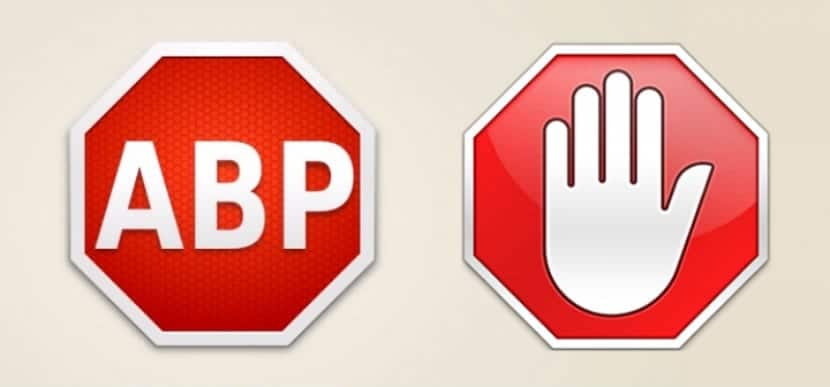Pop-up windows are not among the most annoying elements of sites. They, unlike banners, do not suffer from animation and other eye-popping effects.
However, many users do not want to see various ads on the Internet, so they are interested in how to remove the annoying pop-up on websites. There are browser settings and plugins for this.
Instructions for Browsers
In the early days of the Internet, browsers didn’t know how to deal with popups. Some sites were opening several pop-up windows and browsing the Internet became an unpleasant experience. Advanced users solved the problem by installing antirebugging software while the rest had to put up with the obtrusive offers. Now the situation with pop-ups is much better. Browsers know how to remove pop-ups, and viewers have the appropriate settings. This approach doesn’t guarantee a 100% result, but it’s worth using browser tools to combat the begging windows while gambling at a casino online or just surfing the net.
Google Chrome
There are no particular problems with Chrome in terms of blocking pop-up windows. You can forbid the browser to show popups or make exceptions for individual web resources. For full blocking:
- Press 3 dots and go to Chrome’s settings.
- In “Privacy and Security” click on “Site Settings“. Here you can also see recent actions related to web resources: disabling notifications, blocking, etc.
- Click on “Popups…“.
- In the default setting, select the item that disables pop-ups and redirects.

Opera
It’s roughly the same story with Opera:
- Left click on the Opera icon to go into settings.
- Follow the path: “Advanced” – “Security” – “Site Settings”.
- Under “Content” select the item that is dedicated to pop-ups.
- Once you go, you will see an interface identical to the one that Chrome gives you in “Pop-ups…”. You will only need to activate the prohibit checkbox. This is also where you can set the rules for individual sites.
To remove pop-up windows in Opera, it may be enough. In particularly severe cases, the installation of special plug-ins is resorted to.
Safari
Safari developers have pleased the users by placing the pop-up blocking control right in the first settings window. There’s no need to go anywhere, search, scroll: just click on the gear and select the appropriate item. Alternatively, press Ctrl+Shift+K on your keyboard.
How to Remove Pop-ups With Extensions
Browser plug-ins are an effective tool to combat pop-ups. However, you should not completely rely on them in this matter. They prevent some of the sudden appearance of ads, but the programmers acting in the interests of Internet marketers, do not sleep: they invent new ways to display ads and offers on the pages of sites.
If blocking pop-ups automatically doesn’t work, you can try right-clicking on the popup and searching the context menu for a suitable blocker tool, etc. Now let’s move on to the actual extension options.
Adblock Plus

This plugin appeared later than Adblock, but we can’t say that it was a new milestone in the development of anti-advertising software. Both options – with and without plus – are good in their own way. The installation of Adblock Plus depends on the browser:
- Click on the “hamburger” on the right, go to settings. Open extensions. Now click on the “hamburger” on the left. At the bottom is a link to the Chrome store. In the store, type Adblock Plus in the search box. Click on it and install it.
- Click on the icon of Opera. Choose Extensions – Download Extensions. In the add-ons search field, write Adblock Plus. Select the octagonal icon with the letters ABP. Add plugin to Opera.
- Mozilla Firefox. Click on “hamburger”, choose “Add-ons and themes”. Go to extensions. At the top fill in the search box with the name of our plugin. In the search results select Adblock Plus and add it to the browser.
In the same way, you can integrate other extensions into these 3 browsers. The developers of Adblock Plus assure you that after installing it, you won’t have to think about how to remove annoying pop-ups.
NoScript
Attackers use scripts to download viruses, Trojans and other malware to users’ computers. You can disable them with the NoScript plugin, which has flexible settings. At the same time there will be fewer ads and pop-ups. The extension works in Mozilla, Opera, Chrome.
Adblock Pro
Adblocker with the prefix Pro is designed for the Safari browser. It works with operating systems that are installed on Apple hardware. Protects users from intrusive ads, trackers. On the assurance of the developers, it allows you to bypass anti-blocker detectors. That is, the situation will not arise when the site asks to disable the anti-blocker software.
Besides blocking pop-up windows Adblock Pro is able to:
- Get rid of ad banners.
- Prevent autoplay videos.
- Detect fake “x” buttons.
uBlock
The plugin can be integrated into most popular browsers. Its functions include blocking pop-ups, banners and other unnecessary elements. You can manually remove certain areas of sites, and create ad-hiding rules. Clicking on the blocker icon in the browser opens the interface of the extension. It includes a large on/off button. Its color indicates the presence or absence of filtering. Small icons are lined up below in a row:
- Lightning – item mashing mode.
- Dropper – item selection mode.
- Message – for informing about problems on the site.
- Logger and control panel.
After a click on the fifth icon, a tab with settings and filters opens. These are the five icons of the simplified version of the interface. If you click on the inscription “More” – the upper row with 5 more icons appears. With the advanced interface, you can disable scripts, remove pop-ups, and so on.
